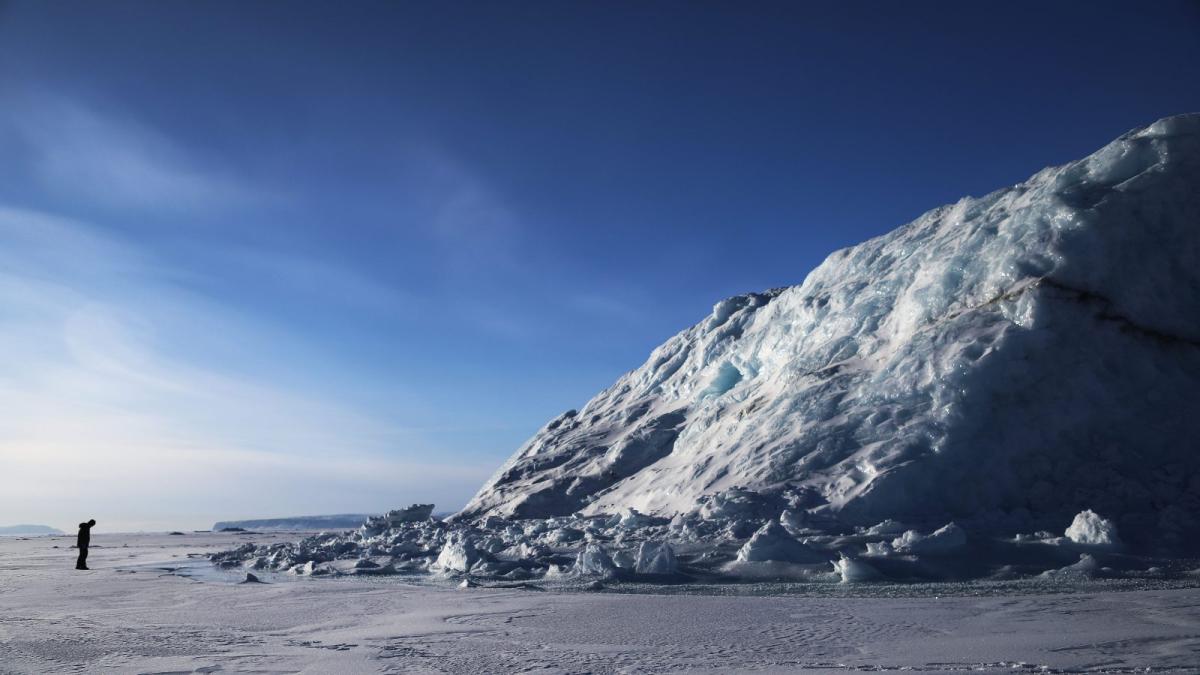This story was originally published by Mother Jones and is reproduced here as part of the Climate Desk collaboration.
Tiny glass beads might seem an unlikely hero in the fight against climate change, but they may end up playing an outsize role in tackling one of the natural world’s most dire predicaments. A group of researchers have found that millions of these spheres spread in a layer across swaths of Arctic ice reflects sunlight and helps keep the ice frozen.
Glaciers, polar land, and sea ice are rapidly melting, much faster than many scientists expected, as the Intergovernmental Panel on Climate Change’s (IPCC) report on oceans and the cryosphere released Wednesday reiterated. During a five-day heat wave this summer, Greenland lost more than 60 billion tons of ice, including the biggest loss in a 24-hour period since record-keeping began. Recent projections warn that Arctic summers could be nearly ice-free in 10 to 40 years. Arctic ice levels are both a primary indicator of rising global temperatures and a key determinant of how bad climate change might get. Serious ice loss means sea levels rise, more heat is absorbed by the ocean and planet, and weather and o... Read more



